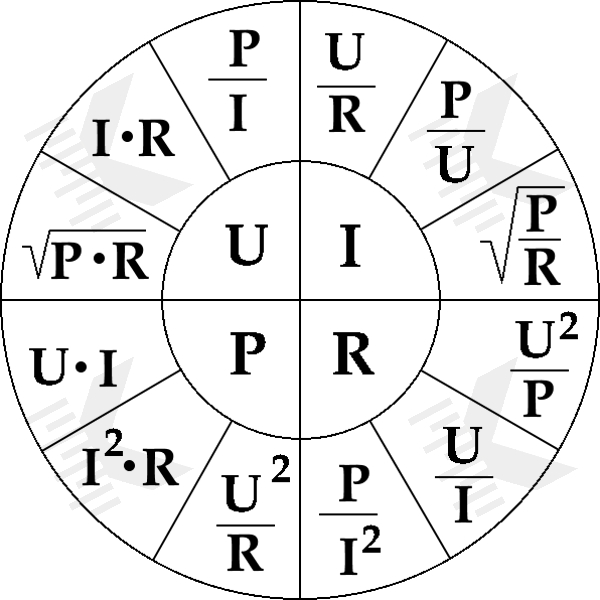How to calculate the amperage?
Electric current – directional ordered movement of charged particles.
The amperage (I) – amount of current that passes through a cross-section of a conductor per unit of time. The international unit of measure is Ampere (amp / A).
Knowing the amperage allows you to choose the best material and diameter of cable, install reliable fuses and circuit breakers that can protect your apartment from possible overloads.
This application allows you to accurately calculate the amperage according to Ohm's law (by power, voltage or resistance). The tool understands the difference between direct and alternating current networks (single phase 220V, three phase 380V). We recommend that you do not change the power factor (cos φ) unnecessarily and leave it at 0.95.
To get the result - fill in all the fields and click "Calculate".
Current calculation formulas
— Amperage through wattage and voltage (direct current): I = P / U
— Amperage through wattage and voltage (AC single-phase): I = P / (U × cosφ)
— Amperage through power and voltage (AC three-phase): I = P / (U × cosφ × √3)
— Amperage through power and resistance: I = √(P / R)
— Amperage through voltage and resistance: I = U / R
- P – power, W;
- U – voltage, V;
- R – resistance, Ω;
- cos φ – power factor.
Power factor (cos φ) – is a relative scalar quantity that describes how efficiently electrical energy is used. For household appliances, this coefficient is almost always in the range of 0.90 to 1.00.



